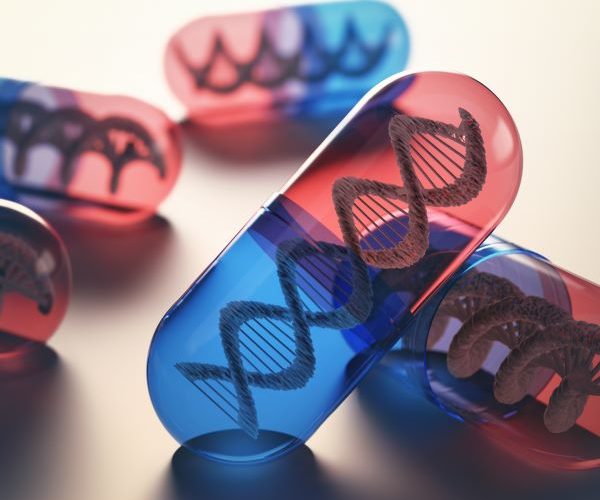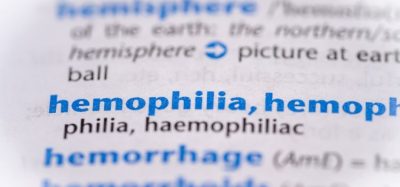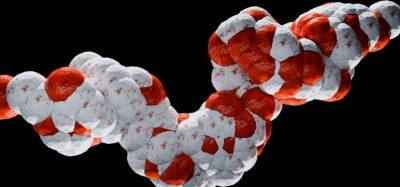New approach for synthesis of oligonucleotide conjugates
Posted: 14 December 2023 | Caroline Peachey (European Pharmaceutical Review) | No comments yet
Researchers from Aarhus University and Novo Nordisk have discovered a new synthesis method for oligonucleotide conjugates, marking a step forward in development of more targeted RNA medicines.


In collaboration with Novo Nordisk, a research group from Denmark’s Aarhus University have devised a method to simplify the construction of an entire library of therapeutic oligonucleotide-peptide conjugates.
Specifically, the researchers discovered a synthesis method for oligonucleotide (ON) conjugates that incorporates built-in handles and a special linker, enabling easy linkage of ONs to a peptide marker by adjusting the pH.
Critically, this method eliminates the need for specialised and expensive ON building blocks to integrate peptides into the oligonucleotide sequence.
This breakthrough holds the potential to produce therapeutic ONs with multiple functions, paving the way for more effective drugs.
How ON conjugates support targeted drug delivery
Oligonucleotides, which are specifically designed short chains of DNA or RNA, have emerged as a crucial tool with immense potential in personalised medicine.
Therapeutic ONs are already used to treat certain types of muscular dystrophy and liver disease, which conventional drugs cannot address.
However, a persistent challenge lies in precisely delivering ONs to a broader range of tissues where treatment of diseased cells is needed.
Advancing AOCs to transform the delivery of RNA therapeutics
Researchers have attempted to overcome this hurdle by attaching small, specific protein markers to these ONs, known as peptide conjugates, recognisable by the diseased cells.
One such peptide is glucagon-like peptide-1 (GLP1) which has been used to specifically target therapeutic ONs to the pancreas. This peptide is the natural analogue of the diabetes and obesity drug semaglutide.
Placing the ligand inside the ON sequence has, until now, required specialised and costly ON building blocks”
Placing the ligand inside the ON sequence has, until now, required specialised and costly ON building blocks. The new method streamlines the process, making the production of these conjugates more accessible and cost-effective.
The development of this method marks a “significant stride towards more effective and targeted drugs, indicating the potential for customised therapeutic ONs to deliver drugs precisely to the intended location in the body,” according to Prof Gothelf, who led the research group. .
Jakob M. Smidt, a PhD student at the University’s Interdisciplinary Nanoscience Center (iNANO) and Lennart Lykke, a specialist working at Novo Nordisk in Måløv were key players in the collaboration. Their research has been published in Nucleic Acids Research.
EPR Podcast 20 – RNAi Therapeutics – Paul Nioi, Alnylam Pharmaceuticals
Related topics
Biopharmaceuticals, Drug Delivery Systems, Formulation, mRNA, Personalised medicine, Research & Development (R&D), RNA









